Aswan, Egypt
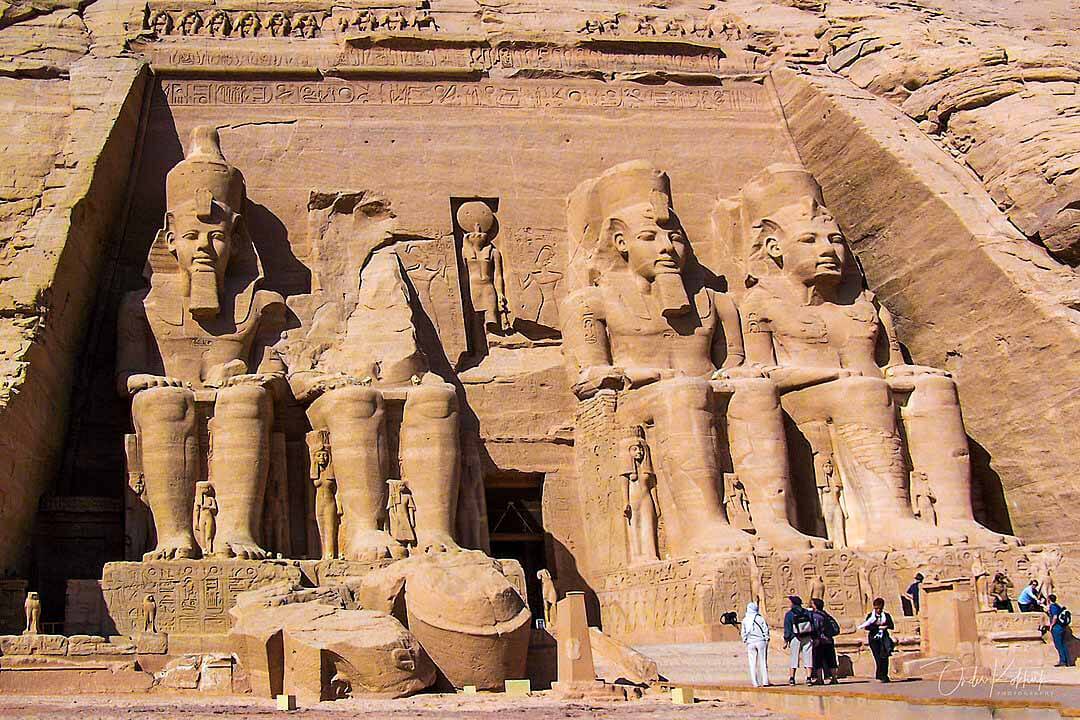
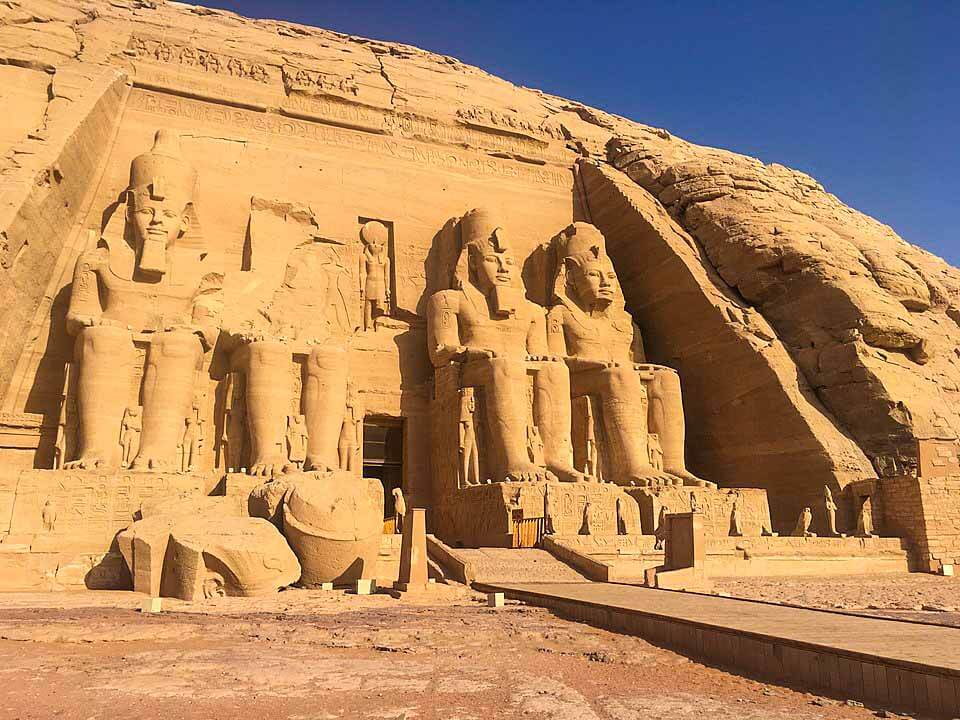
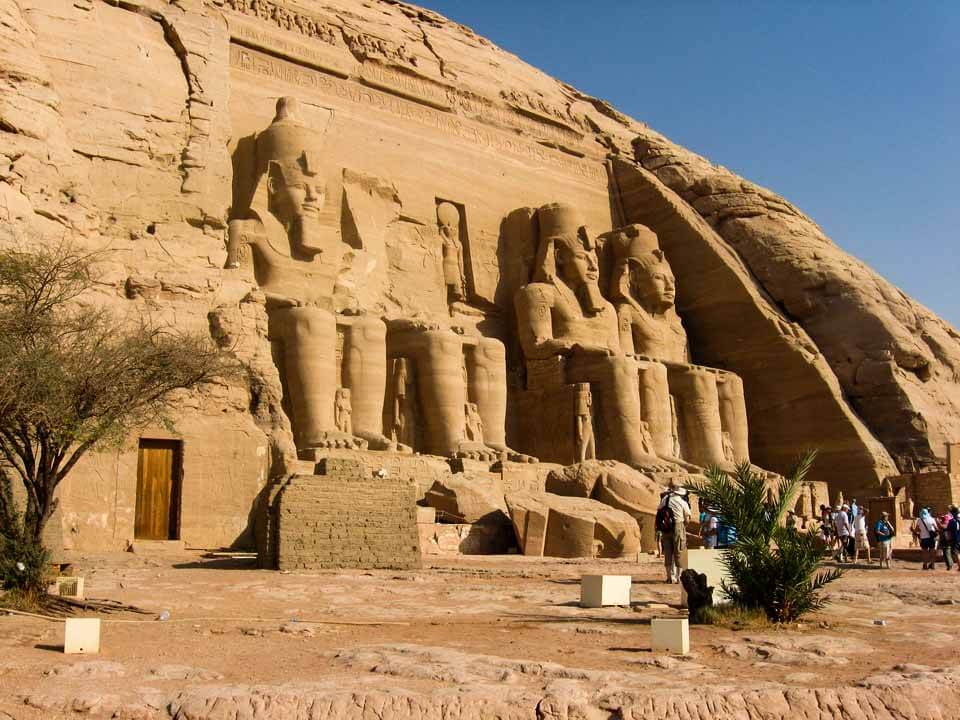

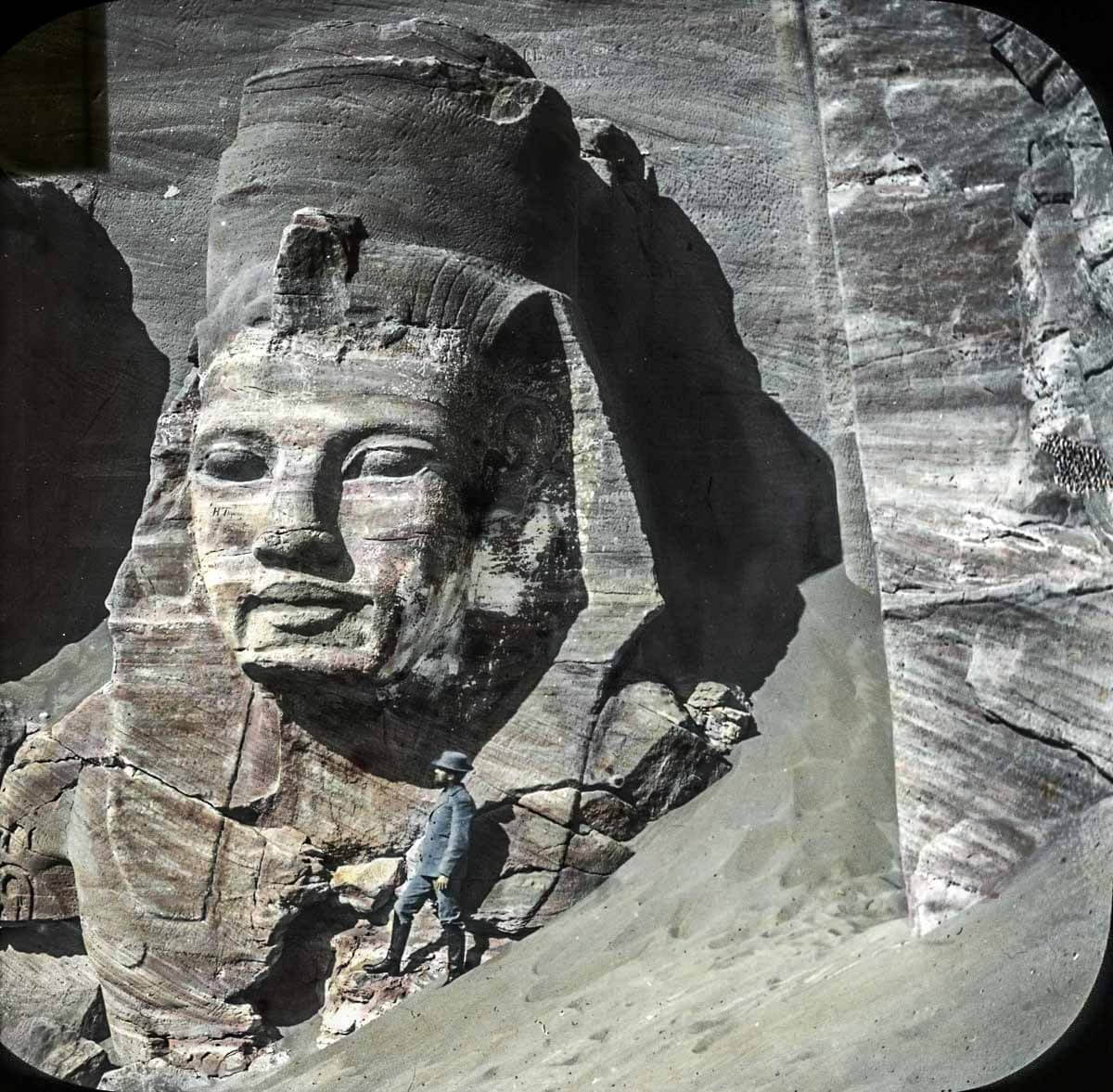
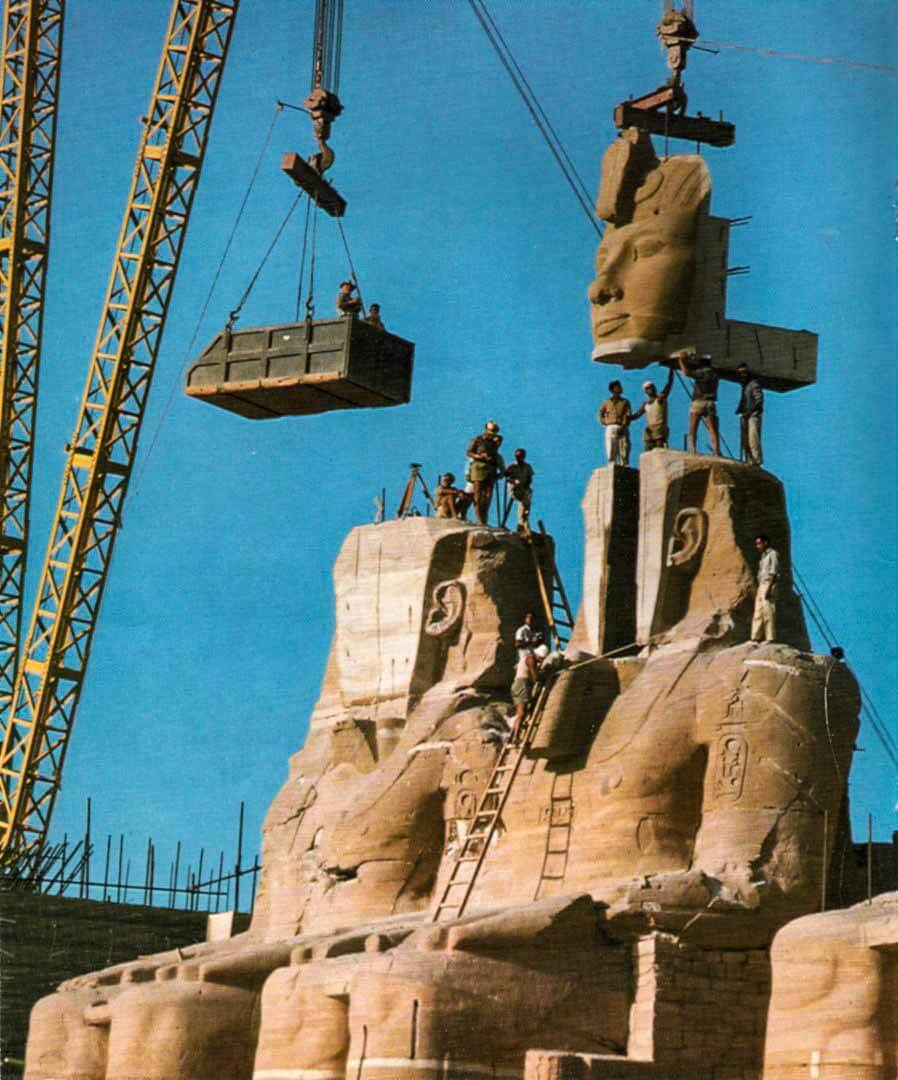
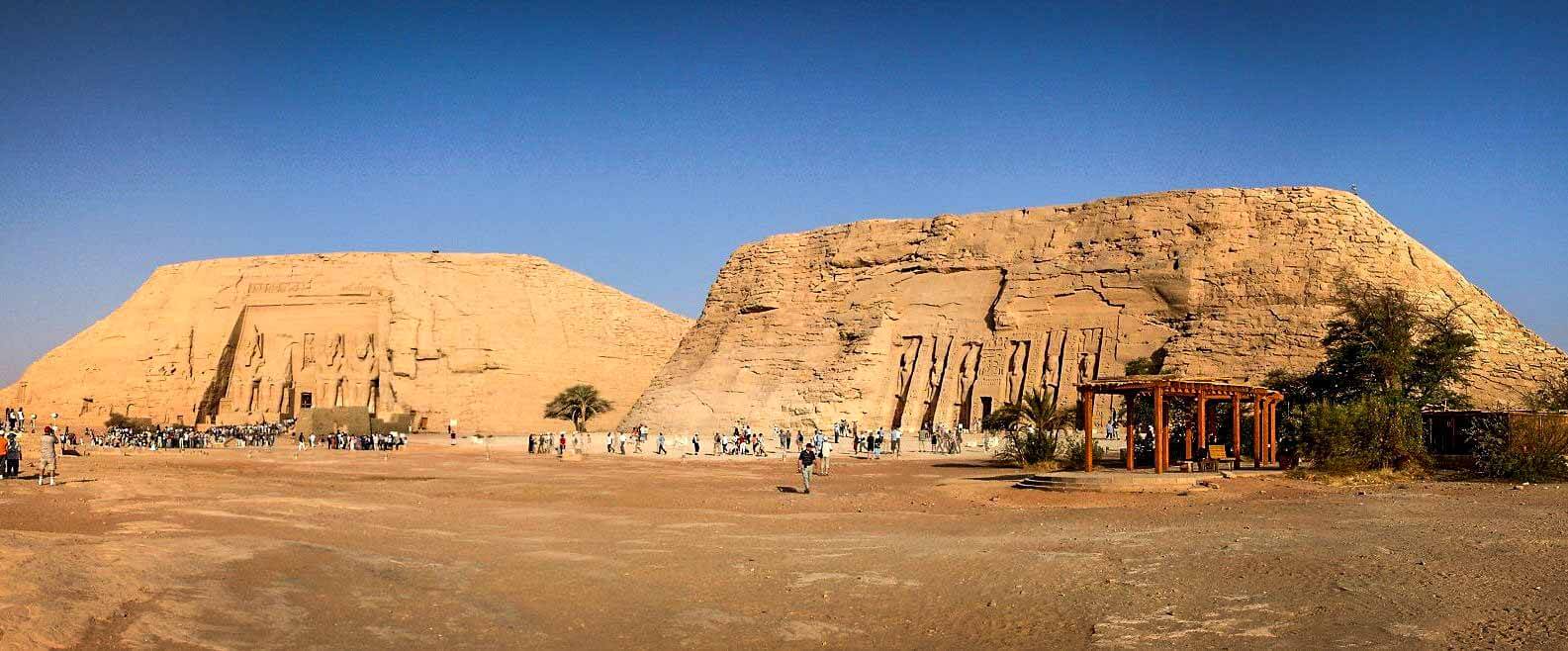

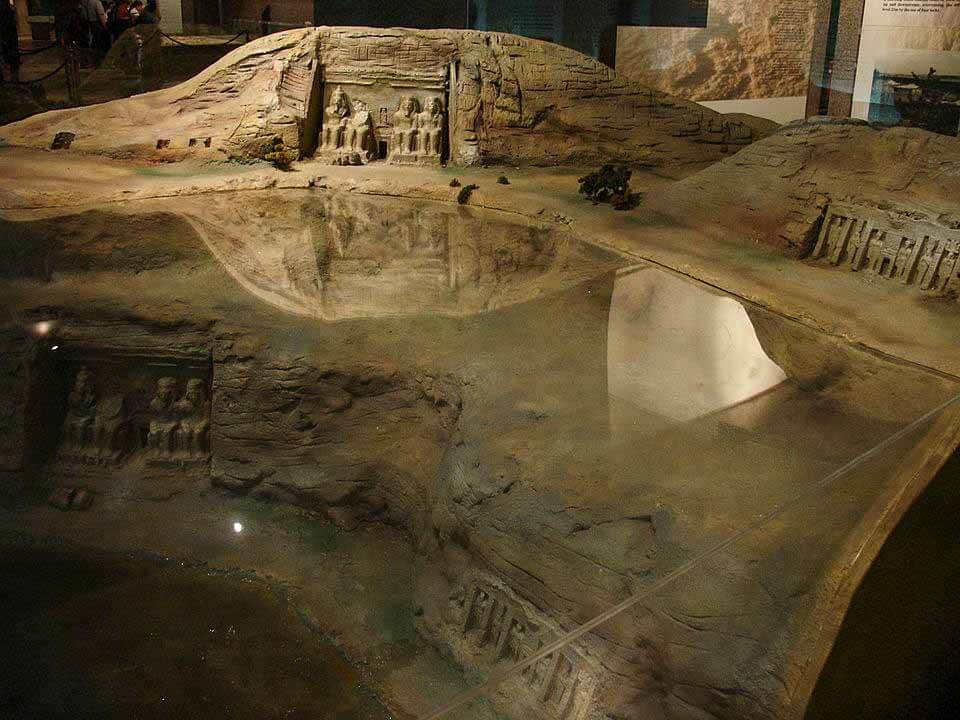
Coordinates: 22.337524, 31.625748
The Abu Simbel temples are two massive rock temples at Abu Simbel a village in Aswan Governorate, Upper Egypt, near the border with Sudan.
Often referred to as the Sun Temples, the two enormous sandstone structures were originally built in 1255 BC by the great Pharaoh Ramses II to honor himself and his favorite wife Nefertiti. Ramses reportedly had over 200 wives.
The larger temple, dedicated to the Egyptian gods, features four large statues of Ramses II on the facade and inside a mural depicting his famous victory at the battle of Kadesh.
The ancient Egyptian architects positioned the entrance in such a way that on October 22 and February 22, the rays of the sun would enter the sanctuary and illuminate the faces of all the sculptures on the back wall except for one. The statue of Ptah, a god connected with the Underworld, always remained in the dark.
The smaller temple is dedicated to the love goddess Hathor, with statues designed to embody Nefertari.
They serve as a lasting monument to the king and his queen Nefertari, and commemorate his victory at the Battle of Kadesh. Their huge external rock relief figures have become iconic.
Construction of the temple complex started in approximately 1264 BC and lasted for about 20 years, until 1244 BC. It was known as the “Temple of Ramesses, beloved by Amun”.
Relocation
When the Aswan dams were built, they flooded the Nile creating a lake that is one of the largest in the world, that was going to cover some of the oldest, rarest, and most intact (even some as yet undiscovered) historic relics in the world. Realizing the loss to the people of the world to flood these, the Egyptians, UNESCO, and many other partners (including other nations) got together to save some of these temples and monuments. Rameses II’s temples at Abu Simbel are a perfect example.
The complex was relocated in its entirety in 1968 under the supervision of a Polish archaeologist, Kazimierz Michałowski from the Polish Centre of Mediterranean Archaeology University of Warsaw, on an artificial hill made from a domed structure, high above the Aswan High Dam reservoir. The relocation of the temples was necessary or they would have been submerged during the creation of Lake Nasser, the massive artificial water reservoir formed after the building of the Aswan High Dam on the River Nile. The project was carried out as part of the UNESCO Nubian Salvage Campaign.
Know This
This temple complex is located either a 45 minute plane or 3 1/2 hour drive from Aswan. However you plan it – make sure you get there to see it as it is a must see.





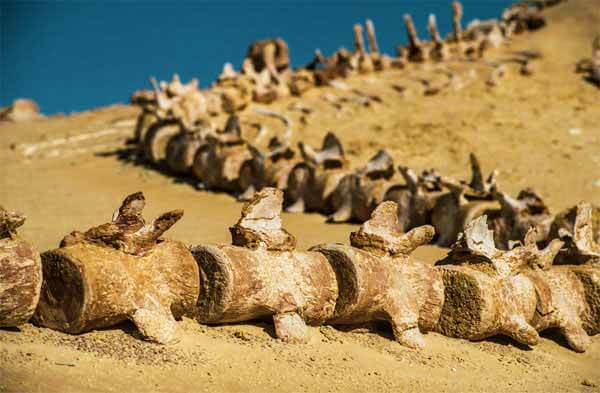
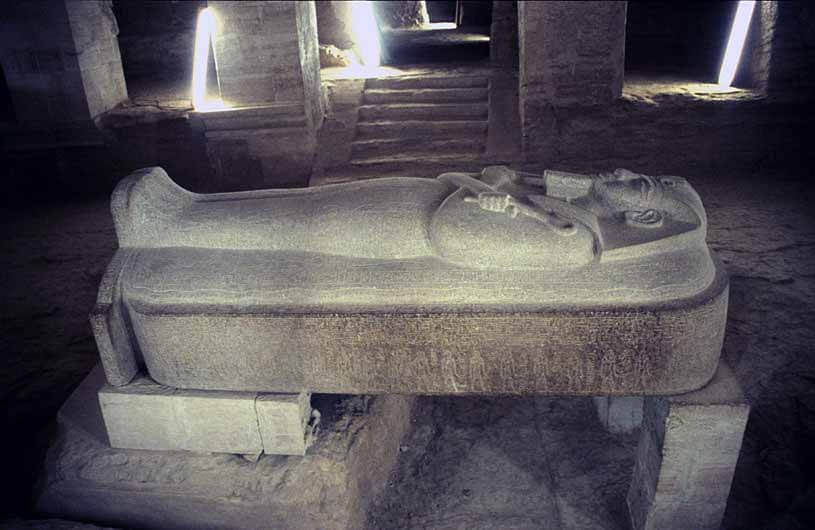
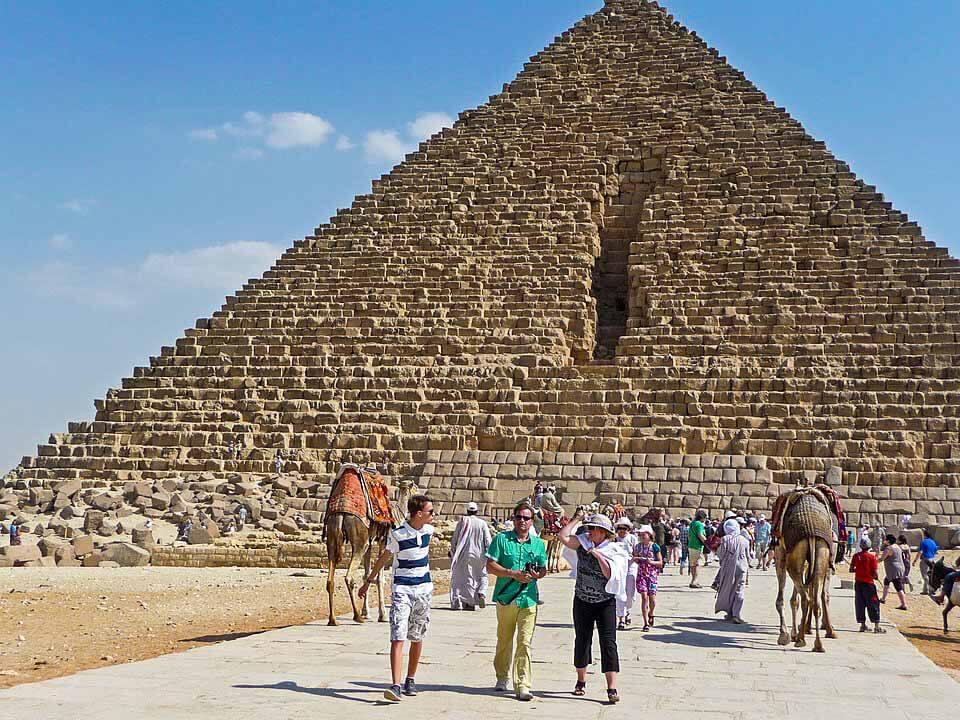



 by 'Farda'
by 'Farda'